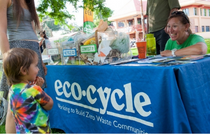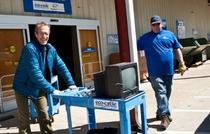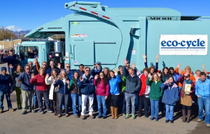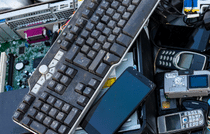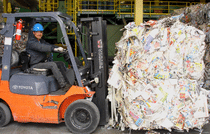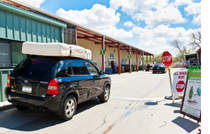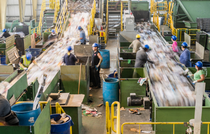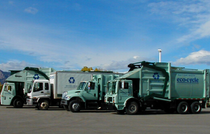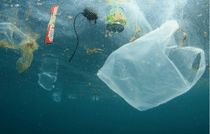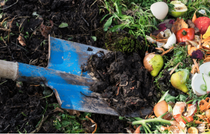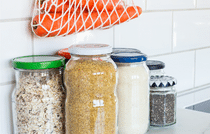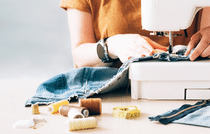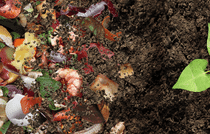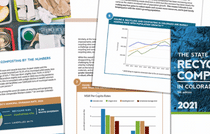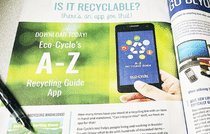Rigid White Foam Recycling: Why and How to Recycle at the Eco-Cycle/City of Boulder CHaRM
The holiday season is here, bringing with it packages filled with gifts and gadgets—and rigid foam that is not recyclable in your curbside bin!

If you’ve recently unwrapped a new television, computer, or large appliance, chances are you’ve encountered rigid white foam—a lightweight material designed to protect items during shipping. Also known as expanded polystyrene (EPS), rigid foam is a type of plastic made from petroleum. While its protective qualities make it useful in packaging, its environmental impact requires responsible disposal.
Why Foam Doesn’t Belong in Your Curbside Recycling Bin
Rigid foam cannot be recycled through curbside programs due to its bulky structure and tendency to break into small fragments. Unlike easily compressible materials like bottles and cans, rigid foam takes up significant space and, if mixed into single-stream recycling, its fragments can contaminate other recyclables. To recycle rigid foam properly, it must be taken to a drop-off facility such as the Eco-Cycle/City of Boulder Center for Hard-to-Recycle Materials (CHaRM). At CHaRM, the foam is processed by grinding and densifying it into a compact, transportable form.
Recycle Rigid #6 White Block Foam at Eco-Cycle’s CHaRM Facility
The CHaRM is a hub for recycling materials that can’t go in your curbside bin, including #6 rigid white block foam. This holiday season, as you unwrap gifts and declutter your home, make a plan to recycle your rigid foam and other hard-to-recycle materials at the CHaRM. By doing so, you’re giving these resources a second life and keeping usable materials out of the landfill.

What Happens to Recycled Rigid Foam?
When you recycle your rigid foam at the Eco-Cycle CHaRM, it is broken apart and then compacted into dense blocks. These blocks are then taken to a third-party recycler to be processed into raw materials that manufacturers use to create new products. Common items made from recycled polystyrene foam include crown molding, insulation, and packaging materials.
This process not only diverts waste from landfills but also reduces the demand for virgin plastics, conserving natural resources and energy.
Why Rigid Foam Shouldn’t Go to the Landfill
Dumping rigid foam in the landfill poses environmental risks. Rigid foam, like most plastics, doesn’t biodegrade, meaning it can persist in the environment for centuries. Its lightweight nature also makes it prone to blowing out of landfills, where it can break into microplastics, polluting ecosystems and threatening wildlife. Toxic additives in rigid foam products, such as styrene, which has been identified by the Department of Health and Human Services as a possible human carcinogen, has the potential to leach into soil or water over time.
Small Actions, Big Impact
Next time you’re tidying up after a festive gathering or unwrapping presents or new purchases, set aside your #6 rigid white block foam and take it to the Eco-Cycle CHaRM. Together, we can create a more sustainable, Zero Waste future—one recycled foam block at a time!

Learn more about recycling holiday items and find sustainable holiday tips in our Zero Waste Holiday Guide, available in English and Spanish.
